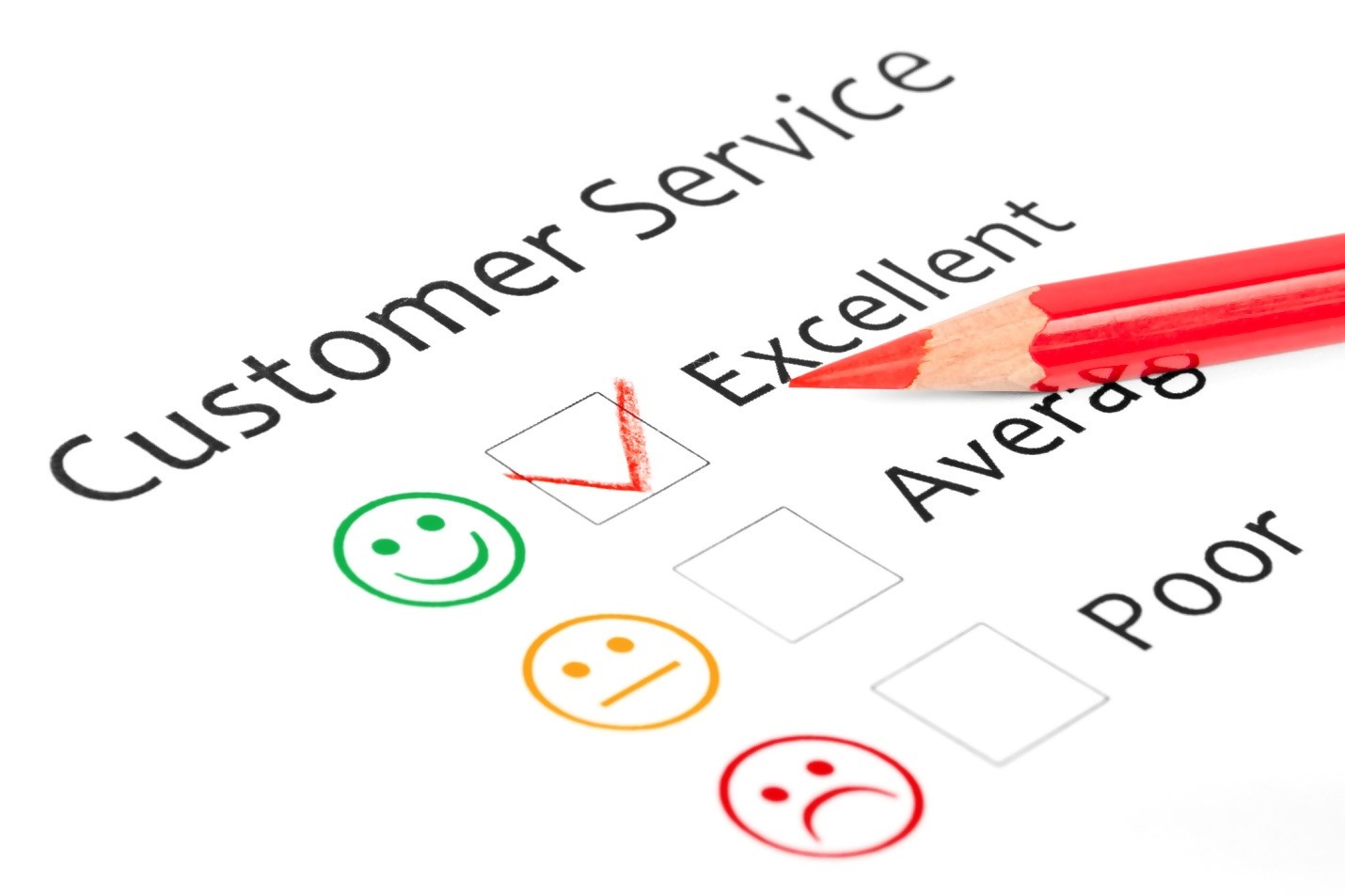emilymia's blog
Companies involved with customer services love Salesforce Case
Management functionality. But how exactly can a Salesforce
consulting partner help with customer service? Well, that’s something
we are going to explain in this article. You will get familiar with some common
case-related problems and will discover their solutions.

Problem #1. Customer
Service Inaccessibility
Malfunctioning product, expected delivery failure, way of
speaking, etc. could be the reasons for customer frustration. Resulting in
contacting customer services and inevitably being put on hold several times
before you get to the person with the right information to solve your issue.
SOLUTION: Salesforce Case Management doesn’t solve this
problem. Unexpected, right? However, a part of Salesforce Case Management –
Salesforce Service Cloud – offers omni-channel facility. It supports a wide
range of channels along with web forms, calls, mobile app chats, web chats, social
media (Facebook, Twitter, Sino Weibo, Instagram, Google+), etc. All these are
integrated with Salesforce that means you can access all of these features
under the single roof. Therefore, no tool switching anymore!
Problem#2. Losing Case
Sight or Unknown Solution
Too many customer complaints raise the chances of forgetting
one or two complaints between all these. Moreover, in many cases, the executive
might not be able to respond to the customer because their problem is out of
their area of expertise. This can lead to a complete inability to help your
customer.
SOLUTION: These issues can be solved with automatic case
assignment feature of Salesforce.
When a case is opened Cloud triggers assignment rules. The
case is further sent either to an agent directly or a team of agents. Then,
it’s displayed in case queue related to a particular area.
There are certain case assignment parameters which are:
·
Load
·
Technical competencies
·
Case Priority
·
Customer History
·
Hours of working
·
Region
·
Case thread
Problem#3. Low Customer
& Agent Satisfaction Due to Incorrect Prioritization
Not handling some cases as a priority can make any call
center look unprofessional. There are some cases if they don’t get on the spot
assistance and solutions can cause more problems. This shrinks customer and
agent satisfaction.
SOLUTION: Setting case priority doesn’t help every time. But
can your current tools do this automatically? There’s an automatic case priority
feature in Salesforce cloud-based on
various criteria. It will help you to choose – case severity, case type, customer importance, customer sentiment, etc.
Problem#4. Taking Too
much time to Resolve a Case
Customers want solutions quickly. And the fact that the
agent is spending more time talking and less time resolving doesn’t amuse them.
There could be any reason behind slow delivery of solution: lack of agent
responsibility, agent overload, absence of priority, etc. But even if the case
load is moderate and the agent is still not able to resolve the problem might
have something to do with case escalation mechanism.

SOLUTION: With Salesforce, if an agent has failed to close a case, an automatic case escalation mechanism will be triggered. This indicates assigning high priority and reassigning of the cases. The true reason behind Salesforce escalation is that most of the
agents are interested in meeting deadlines as it impacts
their overall performance and keeping a track of time is crucial. Salesforce does
it all automatically.
To put it briefly, your Salesforce consulting partner can provide promising potential tools for solving case management related problems. If you too want the solution to your customer-related problems and provide them swift case resolution, Salesforce is the place to start. Contact Salesforce consulting partner's ExistBI for support today.